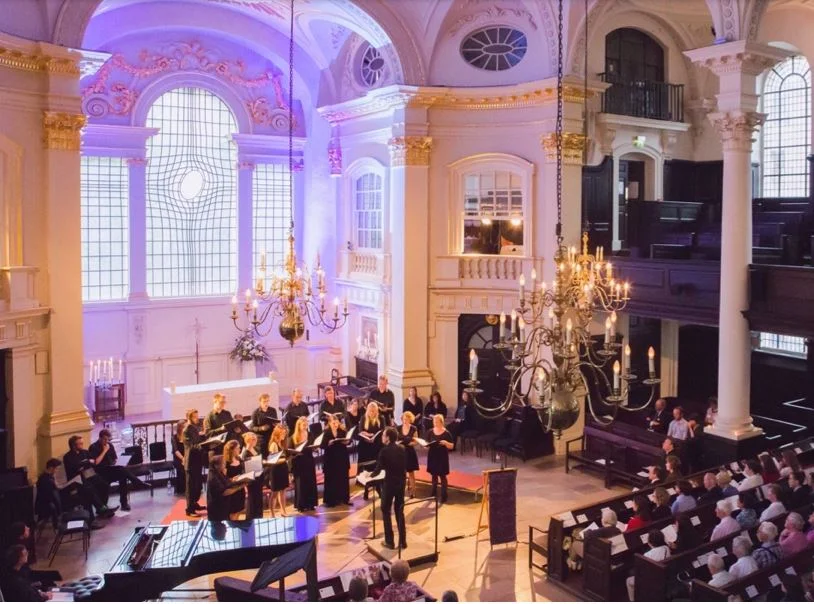Un Ballo in Maschera – Verdi – Israeli Opera – Tel Aviv Israel
Taken from the Israeli Opera website
Most major and minor cities in Germany have an opera house that becomes the focal point of artistic development in the community. Some cities in Germany are themselves bigger than the whole country of Israel, which has a population of 7m of which 2.5m are Arab and 4.5m Jewish. Israel itself has its own Opera House, with the current Arts Centre being opened in 1994 after the new Israeli Opera was established in 1985.
In nearly a quarter of a century the Israeli Opera has built a credible Meitar Studio for young aspiring opera singers and an outstanding outreach programme in the various social sectors of Israeli life using music and opera in the East/West tradition to bring together the diverse and different communities. This work continues, specifically with the UK Friends of the Israeli Opera, whose first Arab singer, Nour Darwish, performed in London in the autumn of last year.
One of the highlights in an interesting season of opera was Verdi’s Un Ballo in Maschera, which was directed by the Polish Dramatist, Michal Znaniecki, with beautiful sets designed by the Swiss Designer, Luigi Scoglio. The staging was an open square with back, front and roof columns, for the most part beautifully internally lit. This was attractively presented and emotionally and atmospherically acted in most of the important scenes. This was particularly relevant in Ulrika’s Fortune Teller’s scene, together with the midnight deserted forest scene, which showed pictures of death on the walls – perhaps a Yad Vashem interpretation. In the final Act when Amelia had been sentenced to death by her husband Renato, she is seen on film playing with her son.
A word too for the Polish Costume Designer, Joanna Medynska, whose designs were always appropriate, particularly the stunning red dresses in the final Act.
This revival production from 2014 deserved to be seen again, not least because of the high musical standards set by the Israeli Conductor, Daniel Oren. Although he started slowly, once he warmed up to this task the evening flowed excitingly and at a good pace. This opera contained some of Verdi’s most beautiful music. There are many outstanding recordings and the singers offered much to the fine evening’s entertainment.
The Latvian soprano, Ira Bertman, who was a graduate of the Meitar Studio, was a big voiced Amelia, although on occasions she had to reach for her note from under the stave. Her Ricardo, the Argentinian tenor, Gustavo Porta, seemed well versed in this role and gave a wholeheartedly passionate Italianate performance throughout the evening. The Romanian bass baritone, Ionut Pascu, produced a quality sound, although struggled occasionally when his voice was forced, again having to reach for his note. The Ulrica of the Russian mezzo soprano, Agunda Kulaeva, was well schooled in this role and although not yet possessing the deepest of chest notes, hers was a very credible performance. The Oscar of the Israeli soprano and former studio member, Hila Baggio, is an outstanding prospect. Whilst not the largest of voices, it was precise and with the added high note in the ball scene she was able to produce true vocal excitement.
There were well sung roles from the Samuel of Carlo Striuli and Tom of Ivo Stanchev, both conspirators. There were further well sung roles from the Judge of Eitan Drori, outstanding Silvano of Oded Reich and the Servant of Oshri Segev.
This production and music - vocally, chorally and orchestrally - would have delighted Verdi as indeed it did the audience.







